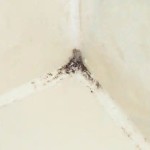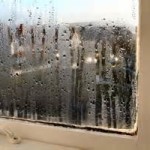 I would like to explain the difference between mold and mildew. Exciting, I know. Mildew is the staining or discoloration left behind from the process of digestion by mold. You will sometimes find this on your shower caulking or window sills.
I would like to explain the difference between mold and mildew. Exciting, I know. Mildew is the staining or discoloration left behind from the process of digestion by mold. You will sometimes find this on your shower caulking or window sills.
As we digest internally, mold digests externally. Mold growth is dependent upon moisture content, substrate (drywall or preferable cellulose media) and temperature. Some substrates such as caulking or other synthetic materials do not allow for mold to fully digest. So, it partially digests the material, leaving behind the staining or discoloration commonly known as mildew. With sage advice from the common competitor, “If you can smear it, then it’s mold.”
